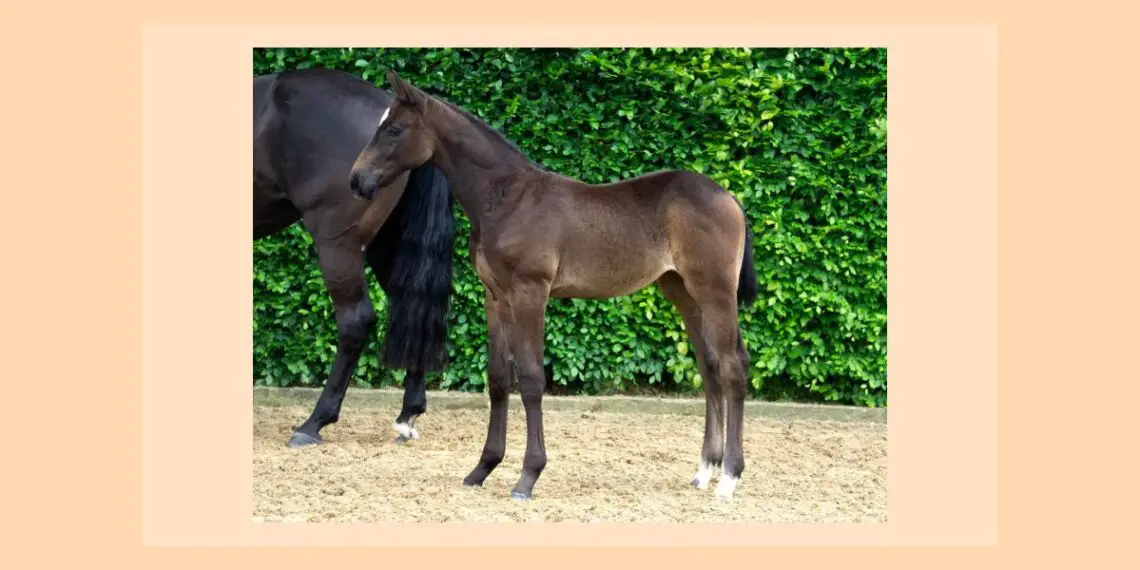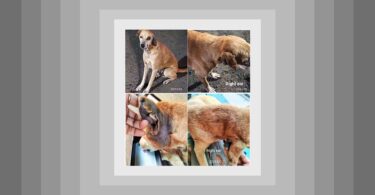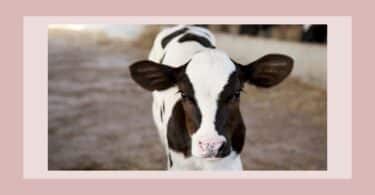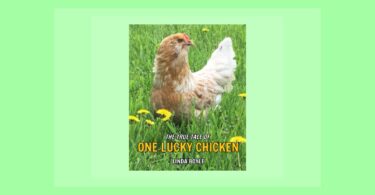Lotte was a seven year old hunter mare to whom I was called for the treatment of nodular skin disease which had been present for some months.
They had started as a small cluster on the left side of the neck, but were now affecting the right side as well. The owner described the lesions as tracking down vertically ‘as if following a vein’ and indeed on examination I found that there were several hard nodules following the left jugular vein and a few smaller ones scattered over both sides of the neck. The lesions were also quite itchy.
Lotte was a slightly anxious mare, but was basically friendly; however she was quite tetchy around feeding times and would kick out with her hind legs.
She had been vaccinated one month previously and this had aggravated the condition.
Accordingly, I prescribed Thuja 30c to be given once daily for ten days.
One month later the owner reported that there was no change in the skin but Lotte was no longer restlessly ‘box-walking’. Interestingly, I had not picked up on the box-walking during the first consultation but was pleased with the report and elected to wait.
Two weeks later there had been no further changes, so I concluded that another remedy was needed.
The progression from left to right suggested Lachesis and also fitted the nodular skin disease. I therefore prescribed Lachesis 30c, once daily for ten days.
A week later the lumps began to disappear but three weeks later started to return so I repeated the dose.
A month later the lesions were returning and the box-walking had reappeared.
I repeated the Thuja, with a similar effect to the first time, then the Lachesis, and over the next three months found myself chasing the symptoms with these two remedies: Thuja settled the box-walking and Lachesis improved the lesions, but at no point were both symptoms absent.
I realised that another remedy was necessary and trawled through the repertory searching for the Strange Rare and Peculiar (SRP) of ‘nodular lesions following a vein’. The closest I could find was ‘Skin – cicatrices – veins studded with’. There were only two remedies, Asafoetida and Cenchris contortrix. Cenchris is a snake remedy and also has a restlessness similar to Arsenicum, so seemed to fit well.
I prescribed Cenchris 200 once daily for 5 days, and within a month all the lumps had gone and Lotte was a happy, settled horse.
I found this an interesting case for two main reasons.
Firstly, it shows the effect of a close remedy – as a snake remedy, the Lachesis was close enough to the Cenchris to produce an effect but the cure was effected by a remedy in the same taxonomic group.
Secondly, the key to finding the remedy was a physical SRP. This is not a common occurrence in the skin but colleagues with whom I have shared this experience have subsequently confirmed its value with such equine patients both in the UK and overseas.
We sometimes forget that Hahnemann considered the SRP to be the most important feature of a case. In retrospect, the nodular skin disease along with the restlessness added up to a totality of Cenchris, but it was the specificity of the local symptoms which led me to the similimum.





